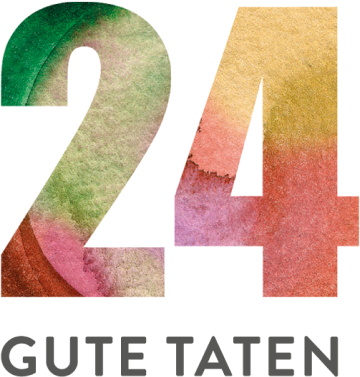Day 21
Three bars of soap for Burundian refugees in the DR Congo
 The forgotten refugee camp
The forgotten refugee camp
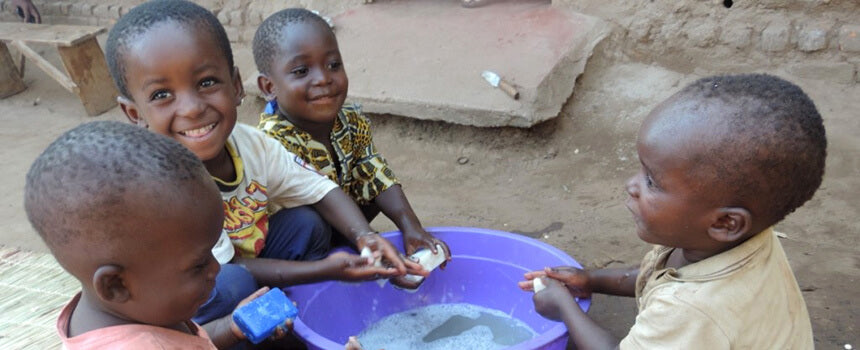
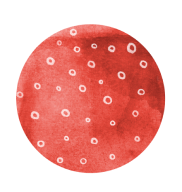
Catastrophic hygiene conditions for Burundian refugees in eastern DR Congo

need
Soap for Burundian refugees to ensure regular hand washing.
activity
action medeor buys soap at a local market in Congo and distributes it to refugees at hygiene awareness events.
Measurable performance
Number of refugees who received a bar of soap.
Result
Refugees have the opportunity to wash their hands regularly and thus reduce the risk of contracting water-borne diseases.
Systemically relevant impact
Reducing water-borne diseases through improved hygiene conditions and sustainable health awareness
background
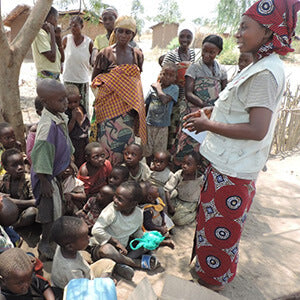
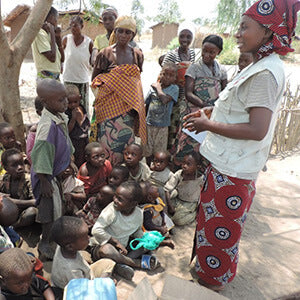
The good deed
AboutDemocratic Republic of Congo
Kinshasa
Capital city
77 266 800
Population
470 USD
Gross domestic product
per capita per year
176
Human Development Index
(Human Development Index)
